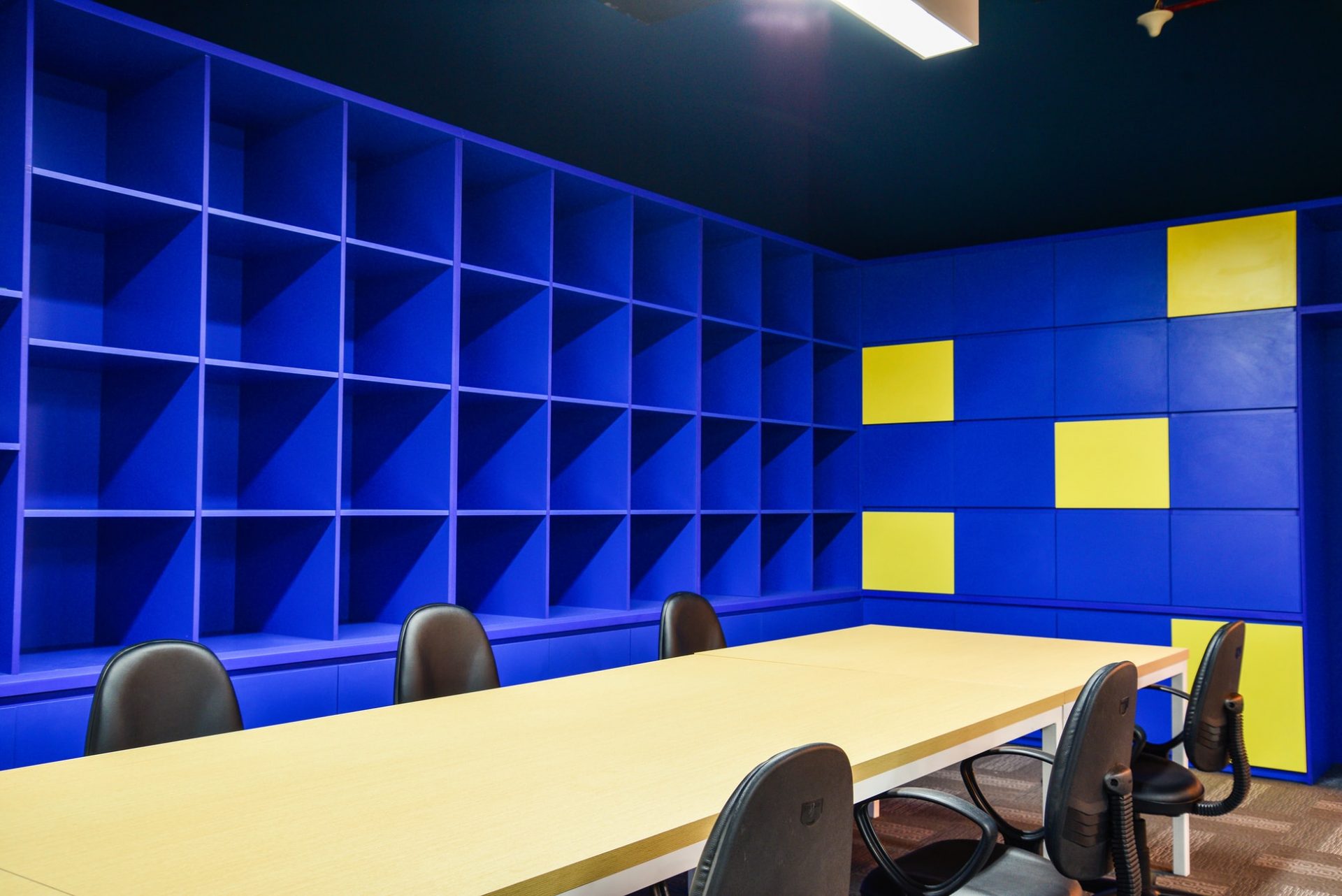Mike Spadafore is the Director of Mobility Management for the city of Topeka Metro, covering the Topeka metro area and Shawnee County, Kansas. In this blog, Mike explores strategies to improve public engagement in mobility management – for the benefit of all involved (including yourself!).
Doing what we’ve been told to do
We’ve all been there. Lots of press and advertisement, flyers posted around town, Facebook ads announcing the event, and that email blast you sent out to all your transit partners. Pretty posters that cost a fortune at Kinko’s and a PowerPoint that you spent weeks developing. Snacks you had to buy with local funds sit on a side table with a sign-in sheet, agendas, and comment cards. You’re ready for everything.
And nobody shows up.
Crestfallen is one of the words that comes to mind when describing your staff after something like this happens. There are other words as well (I’ll let you come up with those). You are not alone. The same thing happens across the country every day. But instead of throwing up our hands and saying, “I did everything right. I guess they really don’t care about our work,” take a moment and think about whether or not your public meeting was the right thing to do. You have other options.
Match the engagement to the audience
There are actually dozens of different ways we can engage the public in our work, and not every outreach event need be the full-scale public meeting described above. If you take a moment to consider what you are trying to accomplish at this stage in your work and what you hope to get out of the effort, you will see that there are ways to hold engagement events that don’t take weeks to plan. Similarly, if you know your audience is parents of school children, holding a 9:00am meeting on a Tuesday probably won’t draw too many people out, no matter how pressing your agenda is to them.
Considering your audience is vital to designing an outreach event. For example, if you are trying to reach college students, you’ll probably get a better response if you do things that take a minute or two. For them an online survey, like SurveyMonkey, may be your best bet. Another successful interaction could be setting up visual preference survey stations near their cafeteria (and always have small candy to hand out – you’d be surprised what they will do for a fun-sized Snickers.)
If you are having a public meeting, ensure that the location is both ADA-accessible as well as on a bus line so that transit riders can more easily attend. And if you are looking for specific input, say access to medical care, you might find that a sit-down discussion with residents at a senior center or nursing home will be far more beneficial than you could have ever done online, and negates the need for them to travel to you.
Understand the different levels of engagement
Not every engagement activity has to involve a physical meeting location. Sharing information via email blast or publishing it in your local newspaper both count as engagement. Online video meetings with participant polls are great when you have an audience that is dispersed by geography. Giving a short presentation to groups that are already meeting, such as church groups or chambers of commerce, ensure you message is shared broadly by the audience you’re trying to target without you having to drive all around town to meet with them individually.
There are a number of resources for learning about these different levels of participation as well as the types of engagement that are at your disposal. One of my favorites is the International Association for Public Participation. I attended their training sessions about 8 years ago, and I still use their concepts I every day.
Other sources for examples of successful engagement can be found by:
- going to other organization’s public events and see what they do to connect with their community. You can learn a lot by being an audience member/participant. You can also sometimes learn what NOT to do, which can sometimes be equally important.
- Attending a training class (online for now, or in person later) on a topic you want to know more about. The NCMM (of course), NTI, and AASHTO-MTAP all have resources available about getting the people of your community informed, engaged, and active in public participation and the overall transportation process.
Small actions, big impact
I’d recommend trying out some of the smaller engagement types first. The all-out public meeting I described in the beginning of this post should not be your first thought. Surveys, mailers, visual preferences, small voting exercises, focus group discussions, and meeting people on their own turf to learn from them is really what public engagement is all about. It will take the pressure off your staff, save hours of work, and give you the chance to get some practice and build your confidence for when those big meetings really do need to happen.
And when that time comes, don’t forget the snacks!

